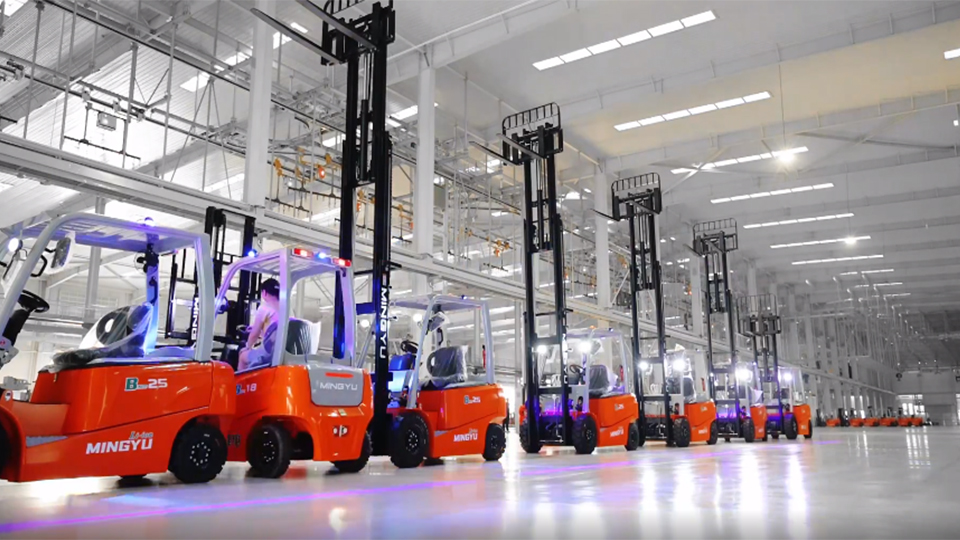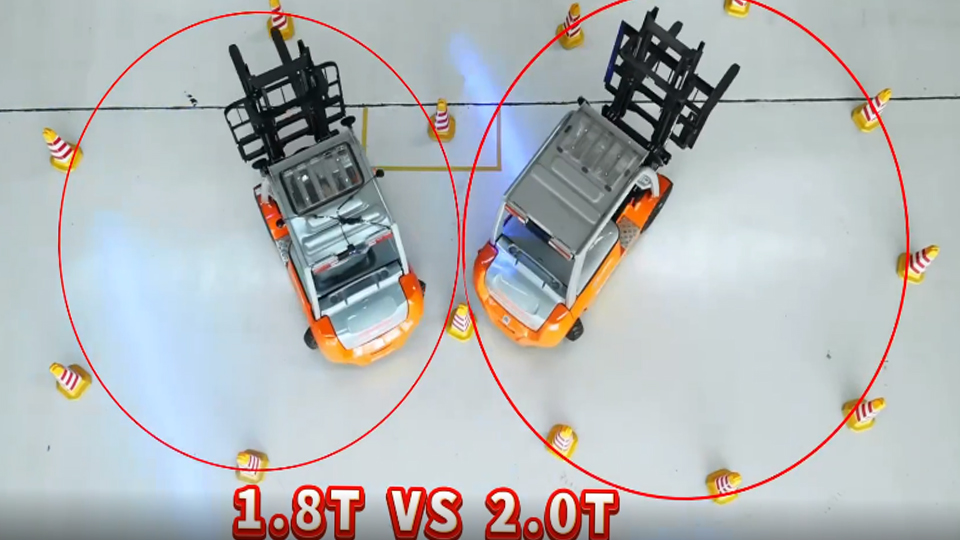
A Comprehensive Guide to Forklift Weights and Considerations
Forklifts, essential workhorses in countless industries, come in a vast array of sizes and configurations. Understanding their weight is crucial for various applications, including transportation, floor load calculations, and general safety considerations. However, pinpointing a single "forklift weight" is impossible. The weight varies significantly based on factors such as type, capacity, power source, and attachments. This article delves into the complexities of forklift weights, providing a comprehensive guide to understanding these crucial figures.
Factors Influencing Forklift Weight
Several factors contribute to the wide range of forklift weights. These include:
Type of Forklift:
Electric Forklifts: Generally heavier due to the significant weight of the battery.
Internal Combustion (IC) Forklifts: (Propane, Diesel, Gasoline) Weight varies depending on the engine size and fuel type.
Rough Terrain Forklifts: Designed for outdoor use on uneven surfaces, these tend to be heavier due to their robust construction and larger tires.
Warehouse Forklifts: (Reach trucks, pallet jacks) These exhibit a wide range of weights depending on their specific design and intended use.
Capacity: The lifting capacity of a forklift directly correlates with its size and weight. Higher capacity forklifts require stronger frames and components, leading to increased weight.
Power Source:
Batteries: Electric forklifts employ heavy lead-acid batteries, contributing substantially to their overall weight.
Fuel Tanks: IC forklifts with propane or diesel tanks add to their weight.
Tire Type: Solid tires, pneumatic tires, or cushion tires all contribute different weight amounts. Also rough terrain forklifts require very large tires adding much weight.
Attachments: Attachments like side shifters, fork positioners, or clamps add extra weight to the base machine.
Frame and Mast: The robust steel frame and heavy-duty mast are essential for structural integrity and contribute significantly to the forklift's weight.
Typical Forklift Weight Ranges

While precise weights vary, here are some general weight ranges for common forklift types:
Electric Forklifts:
Small warehouse electric forklifts: 3,000 to 10,000 lbs (1,360 to 4,536 kg)
Larger electric forklifts: Up to 20,000 lbs (9,072 kg) or more, especially when including the weight of the large battery.
Internal Combustion (IC) Forklifts:
Small IC forklifts: 4,000 to 12,000 lbs (1,814 to 5,443 kg)
Larger IC forklifts: Up to 30,000 lbs (13,608 kg) or more.
Rough Terrain Forklifts:
These tend to be heavier, often ranging from 10,000 to 30,000 lbs (4,536 to 13,608 kg) or more, depending on their lifting capacity and robust build.
Warehouse Forklifts (Pallet Jacks, Reach Trucks):
Pallet jacks: Several hundred to a few thousand pounds.
Reach Trucks: 3,000 to 10,000 pounds.
Importance of Knowing Forklift Weight
Understanding forklift weight is crucial for various reasons:
Floor Loading: Warehouse and facility floors must be capable of supporting the combined weight of the forklift and its load. Exceeding floor load limits can lead to structural damage and safety hazards.
Transportation: Transporting forklifts requires appropriate trailers or vehicles with sufficient weight capacity. Overloading transportation vehicles is dangerous and illegal.
Racking and Storage: Warehouse racking systems must be designed to withstand the weight of the forklifts used in the facility.
Safety: Knowing the weight of a forklift is essential for safe operation. Operators must be aware of the machine's stability and avoid overloading it.
Dock Safety: loading docks must be rated to support the weight of the forklift and its load.
Factors that effect weight calculation.
It is very important to remember that when determining weight, the load being carried by the forklift, must be added to the weight of the vehicle itself. A 5,000 lbs forklift carrying a 4,000 lbs load, is a total of 9,000lbs.
Load weight: This is the weight of the items being lifted by the forklift.
Attachment weight: Any attachments being used, adds weight to the forklifts base weight.
Fuel or Battery weight: Fuel levels or battery charge amounts will slightly change the over all weight.
Finding Forklift Weight Information
Manufacturer's Specifications: The manufacturer's specifications plate, located on the forklift, provides accurate weight information.
Operator's Manual: The operator's manual contains detailed information about the forklift, including its weight and load capacity.
Dealer or Distributor: Forklift dealers or distributors can provide accurate weight information for specific models.

Conclusion
Forklift weight is a critical factor in various industrial operations. While a single "forklift weight" does not exist, understanding the factors that influence weight and typical weight ranges is essential for safe and efficient operation. Always consult manufacturer specifications and operator's manuals for accurate weight information. When working in industrial enviroments, the combined weight of the forklift and its load, are a very important part of facility saftey.
Name: selena
Mobile:+86-13176910558
Tel:+86-0535-2090977
Whatsapp:8613181602336
Email:vip@mingyuforklift.com
Add:Xiaqiu Town, Laizhou, Yantai City, Shandong Province, China